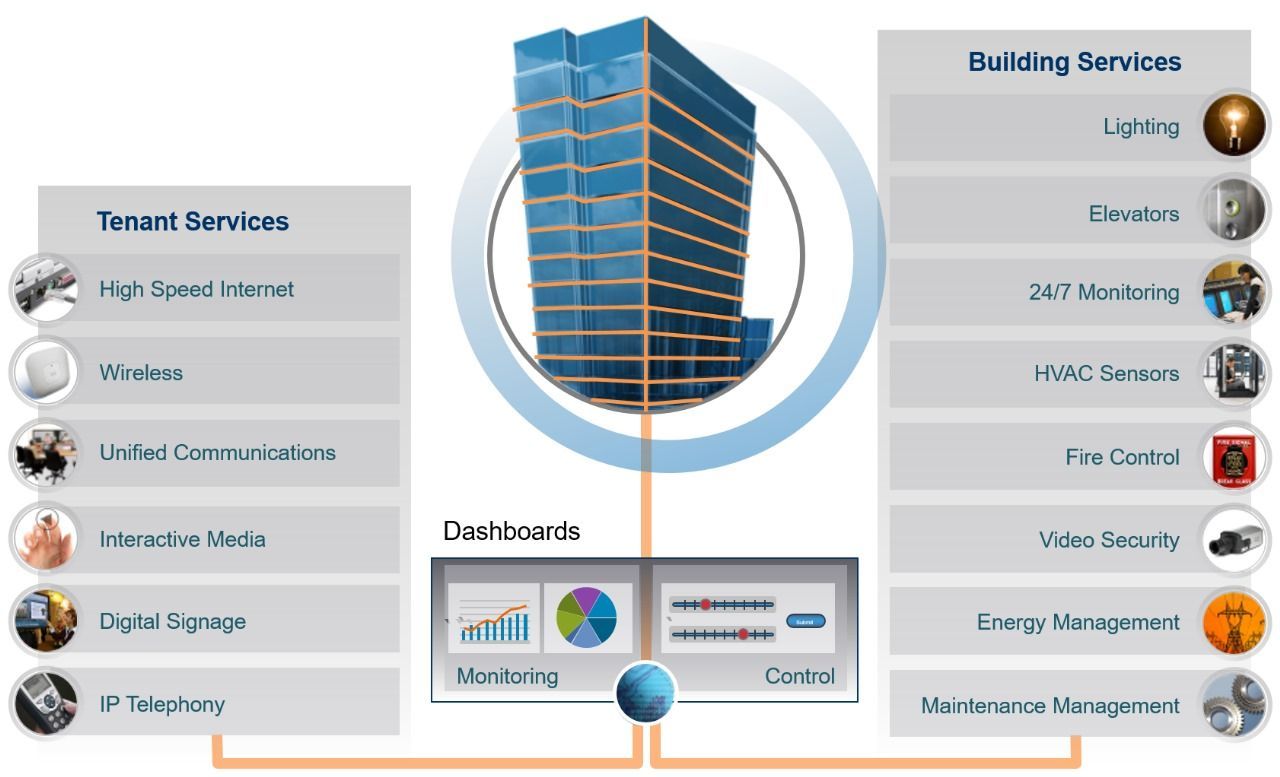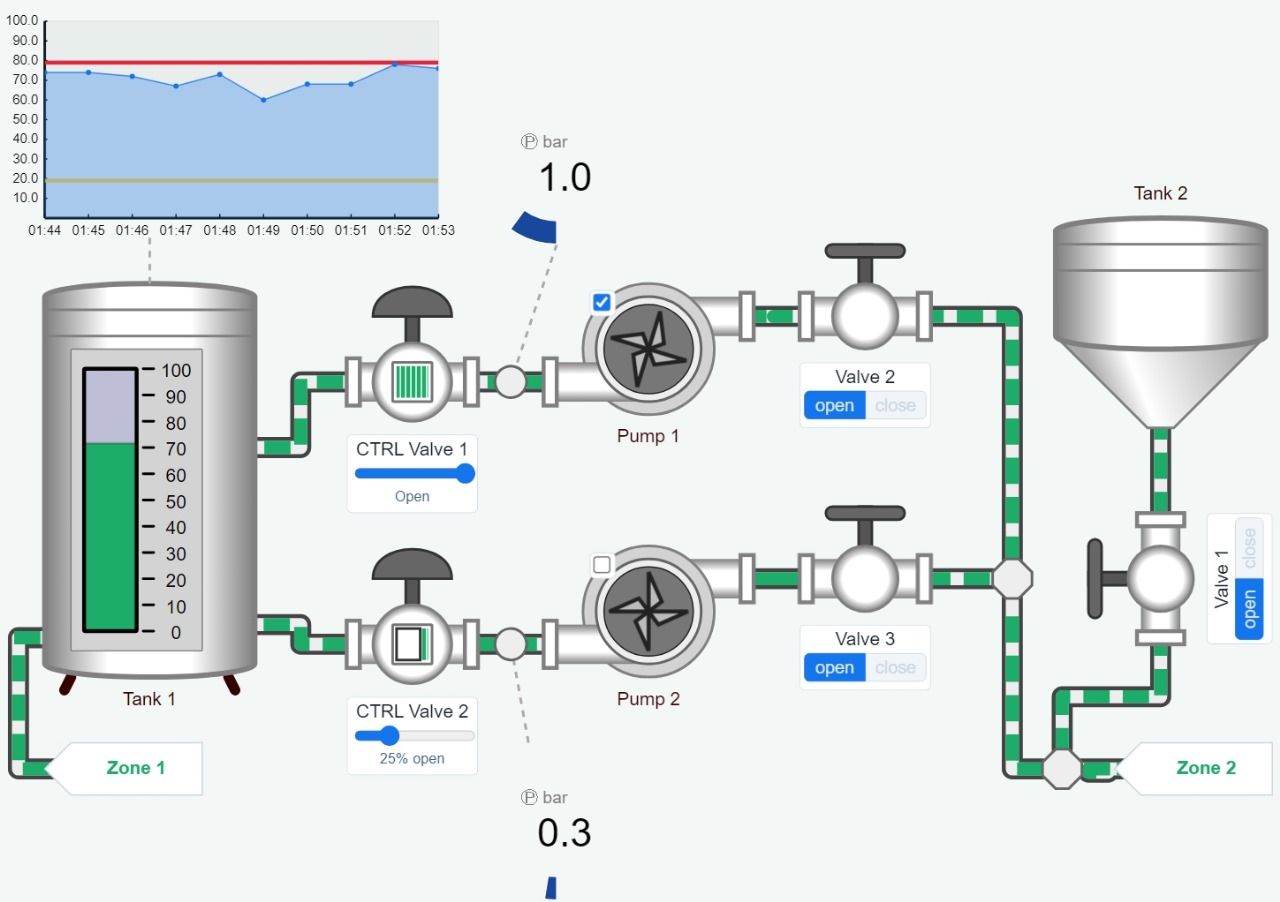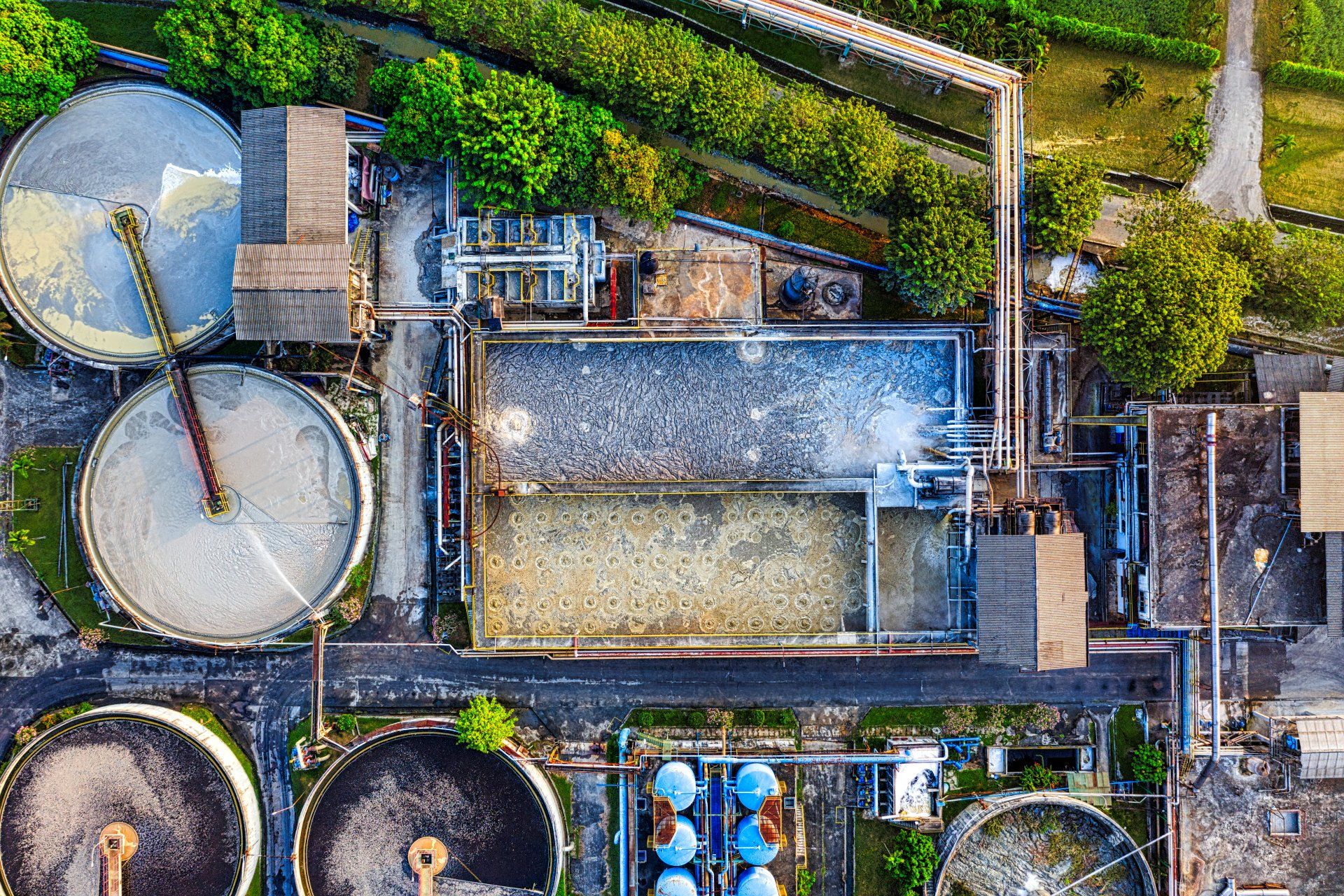Products:
Digital Facilities
Smart Building Software
1. Building Automation: Smart Building Software can automate and monitor building functions including lighting, HVAC, and security. Automation optimizes energy and operational efficiency.
2. Energy Management: These systems monitor and manage building energy use. They may reveal energy consumption trends, enabling improved energy resource management and optimization to save costs and environmental effect.
3. IOT Integration: Data from building sensors and equipment may be collected using IoT devices. This data may include occupancy, temperature, humidity, and more, improving decision-making and resource optimization.
4. Occupancy Management: Smart Building Software may monitor and control occupancy levels in various regions. With real-time consumption data, lighting, heating, and cooling can be optimized.
5. Security and Access Control: Smart buildings generally include access control, surveillance cameras, and alarms. Smart Building Software can centralize security system administration for better monitoring and control.

Building Management System
1. HVAC Optimization: Monitors and controls heating, ventilation, and air conditioning systems for energy efficiency. Adjusts settings based on occupancy and environmental conditions.
2. Lighting Efficiency: Manages and automates lighting systems to conserve energy. Allows for personalized lighting settings and integrates natural light utilization.
3. Security and Access Management: Integrates security systems, including surveillance cameras and access controls. Monitors and controls access to different areas of the building.
4. Energy Consumption Monitoring: Tracks and analyzes energy consumption to identify areas for improvement. Implements strategies to reduce overall energy usage and costs.
5. Predictive Maintenance: Monitors equipment condition and predicts potential issues. Enables proactive maintenance to prevent downtime and extend equipment lifespan.

Visitor Management System
1. Visitor Registration: Record visitors' names, purposes, and contact information easily and efficiently.
2. Check-In/Check-Out: Create a simple check-in/check-out procedure for guests to ensure correct admission and departure timings.
3. Badge Printing: Create visitor badges with their name, picture, and purpose of visit to improve security and identification.
4. Security and Compliance: Screen visitors against watchlists and enforce safety rules. Integration with access control systems is possible.
5. Reporting and Analytics: Create visitor entry logs and statistics reports. Analytics technologies assist identify visitor trends, improve productivity, and ensure security.

Digital Signage
1. material Management: Create, schedule, and refresh digital screen material for dynamic and targeted messages.
2. Remote Management: Administrators may update material, alter settings, and troubleshoot digital signs displays remotely.
3. Interactive elements: Use touchscreens or other interactive elements to let consumers interact with the material and get more information.
4. Real-Time Updates: Show news feeds, social media updates, or live data to keep material fresh and compelling.
5. Audience Analytics: Analyse viewer demographics and interaction metrics to evaluate content and make modifications.

Wayfinding
1. Interactive Maps: Help people find and navigate in complicated environments like malls, campuses, and hospitals using interactive maps and navigation tools.
2. Real-Time Updates: Use real-time data to account for route changes, closures, and events to provide users accurate route information for efficient navigation.
3. Multiple Modes of Transportation: Support walking, driving, and public transit and customize routes to user preferences and mobility requirements.
4. Accessibility Features: Provide wheelchair-accessible routes, auditory instructions, and other accessibility features for inclusive navigation.
5. Integration with Mobile Devices: Use specialized applications or online interfaces to access wayfinding information on mobile devices, making it more convenient and portable.

Facility Management
1. Asset Management: Track and manage facility equipment, furniture, and other resources to optimise use, maintenance, and replacement.
2. Preventive Maintenance: Use schedules and procedures to avoid problems, decrease downtime, and prolong equipment and facility life.
3. Space Utilisation: Monitor occupancy, hotel reservations, and space utilisation statistics to improve efficiency and minimise expenses.
4. Work Order Management: Improve responsiveness and organisation by simplifying work order creation, assignment, and tracking for maintenance, repairs, and other facility duties.
5. Track and manage compliance duties, inspections, and paperwork to ensure facility compliance with rules and standards.

